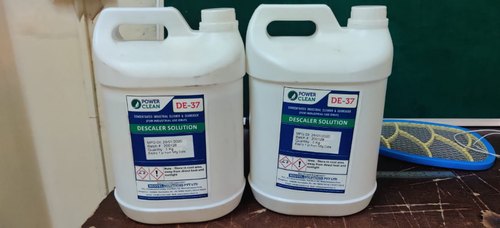Degreaser is a common industrial tool that’s used a lot in certain industries: particularly ones like the production or automotive industry. But what is degreaser, exactly? We’ll go over and explain what degreaser is, what it’s used for, and a few other important bits of information about it in this article. Let’s get to it!
What is Degreaser?
When reviewing something like US Standard Products, you may have seen degreaser. It’s a common product they sell. To keep it simple, degreaser is a kind of cleaner used to remove things like grease, oil, cutting fluids, and other kinds of filth from things like cars, factory parts, or other kinds of machinery. It’s an important part of the US Standard Products Cleaning Products line for a reason!
Because of what degreaser does, it’s used a lot in the production industry, the automotive industry, with aircraft and watercraft, and plenty of other places! The main point of degreaser is to remove the oil or grease as fast as possible without rubbing, scrubbing, or much physical contact.
That’s why a lot of degreasers are sold as aerosols because this removes having to scrub or wipe. The pressure of the can usually blasts grease or oil right off of whatever needs to be cleaned.
Differences Between Degreaser and Other Products
You may have seen degreasers advertised on the US Standard Products Facebook or the US Standard Products Linkedin, but there’s a noticeable difference between degreasers and other products. They can’t be used for everything, of course.
Another important cleaning product that is separate from degreasers are contact cleaners, for example. These are cleaners that are (somewhat) similar to degreasers, but they’re mainly designed to clean electrical components of different products, machinery, etc.
Degreasers clean most other moving parts or sections, while contact cleaners touch anything with electrical components.
What to Look For in a Degreaser?
When looking to buy US Standard Products Degreaser, there’s a few important things that you should be investigating. Make certain, for example, that you understand what kind of level of flammability you’re working with if you have open flames or sparks in your workplace.
Check the plastic/rubber compatibility, too: degreaser can damage certain kinds of these materials because of the chemicals inside of the product.
Know the toxicity and the dielectric strength of the degreaser as well. Toxicity is for safety in the workplace – you don’t want to expose yourself to too much of something too strong – and the dielectric strength is used to measure the insulation of the degreaser. This only applies to powered equipment or electrical components, of course!
This is important because you don’t want electricity to be able to get through the degreaser and short out the equipment before the cleaning process is finished.
How to Use A Degreaser
Most degreasers are aerosolized, but there are a few different ways to use a degreaser. There are also trigger sprays, which are basically lighter degreasers for messes that aren’t as thick or stubborn.
Liquid immersion is another method: this is for particularly tough soils. Wipes or scrubbers can be used, here, after liquid immersion to really get off oil or grease that’s stuck on there hard.
Finally, wipes and swabs that already have degreaser already applied to them are available if a minor solvent is needed.
Other Important Degreaser Info & Conclusions
Don’t hesitate to refer to the US Standard Products twitter for more information about degreaser products! They have industry-standard products and information for most things related to safety or industrial products.
Make certain that you refer to important properties of the product you’re using, like the flammability and toxic strength, and be certain that you’re using the product safety before you begin your cleaning procedure.
Degreasers are effective cleaning products for many different situations: use them appropriately and they’ll serve you well.













